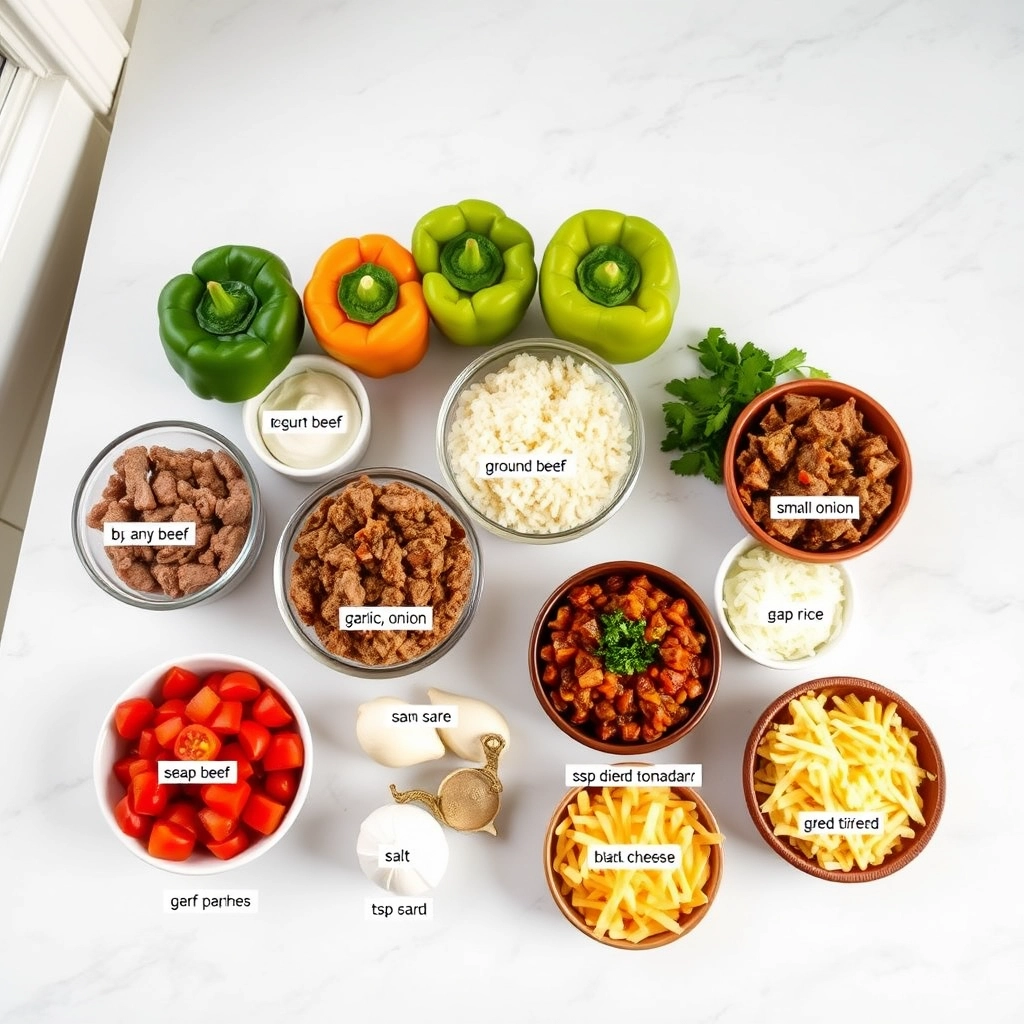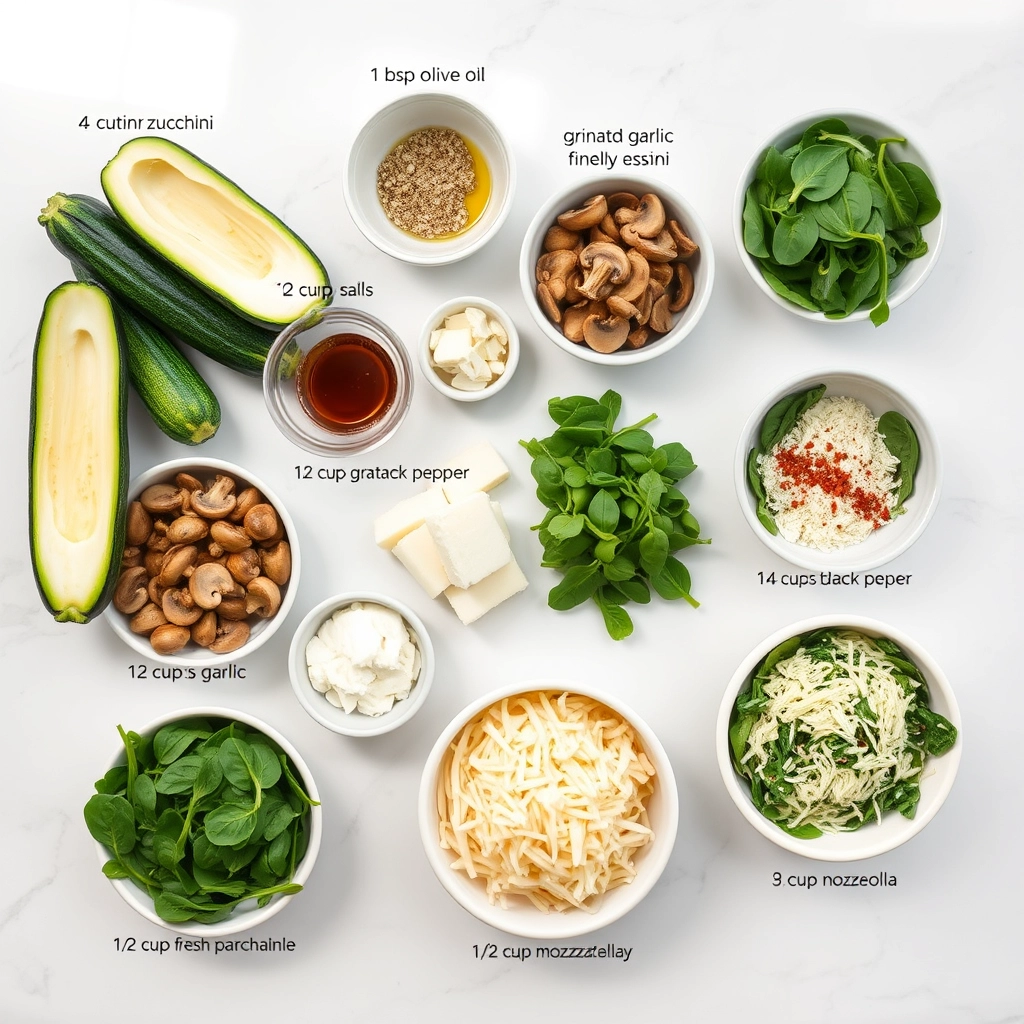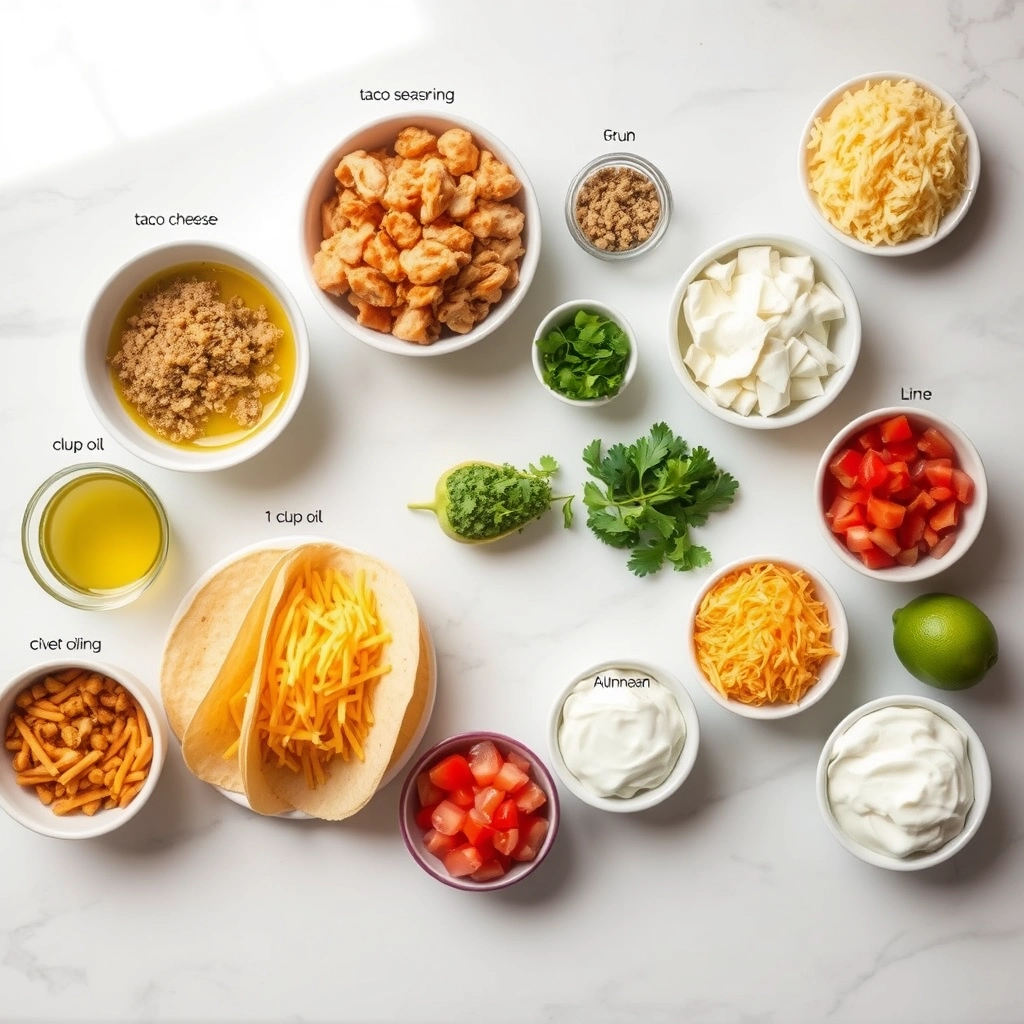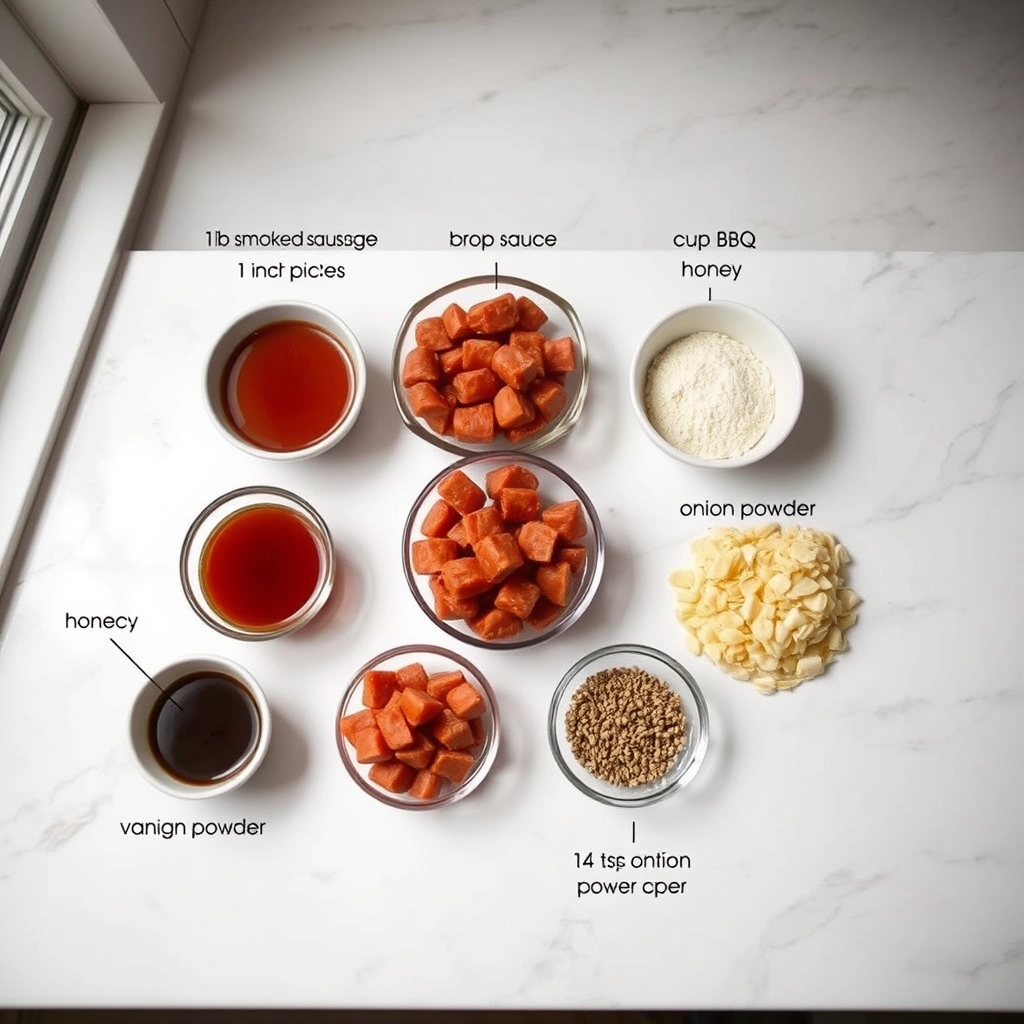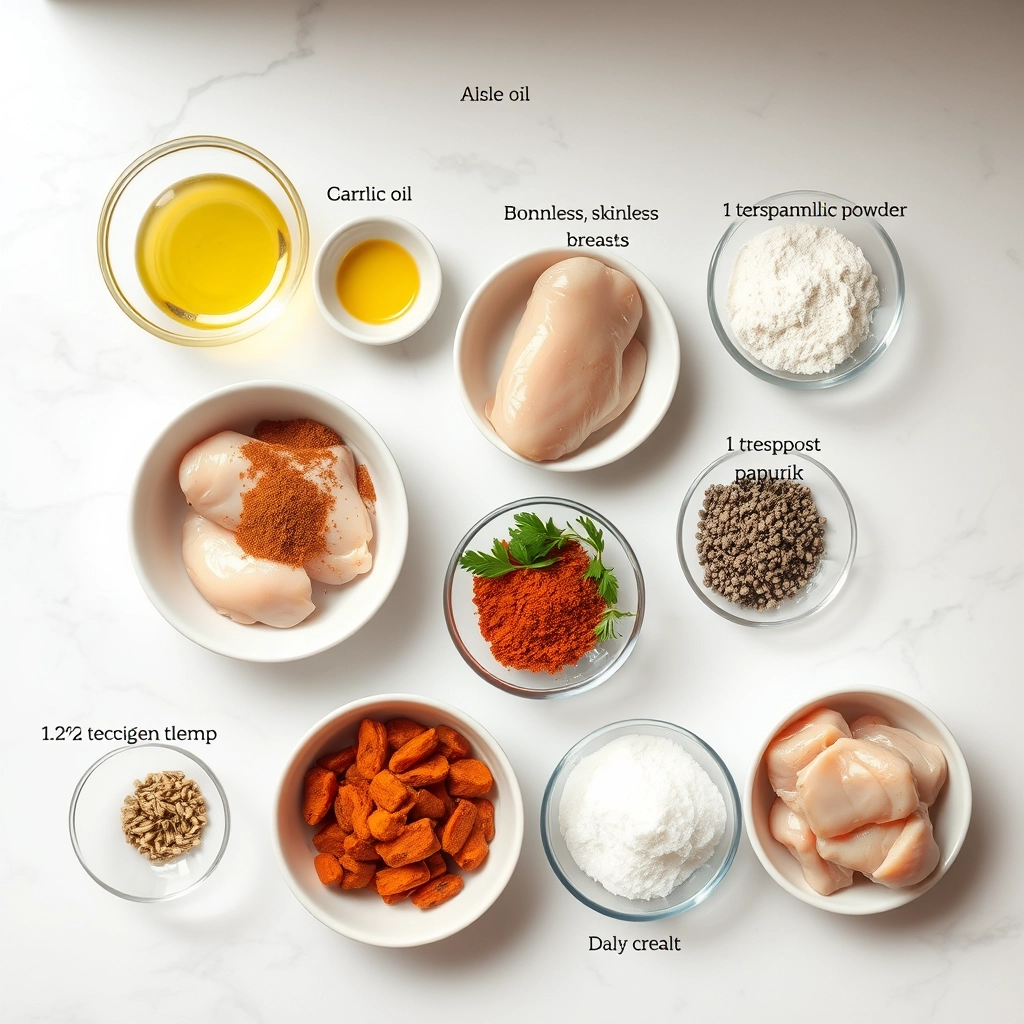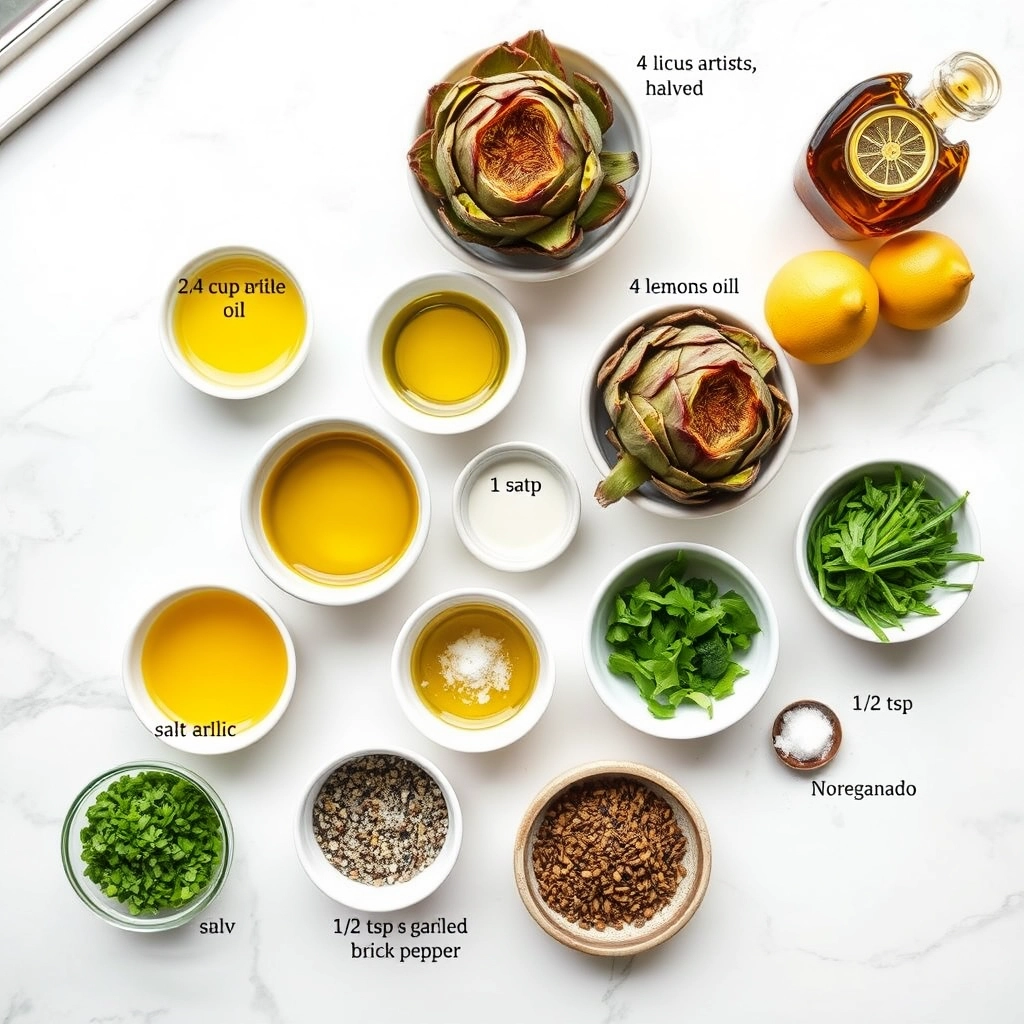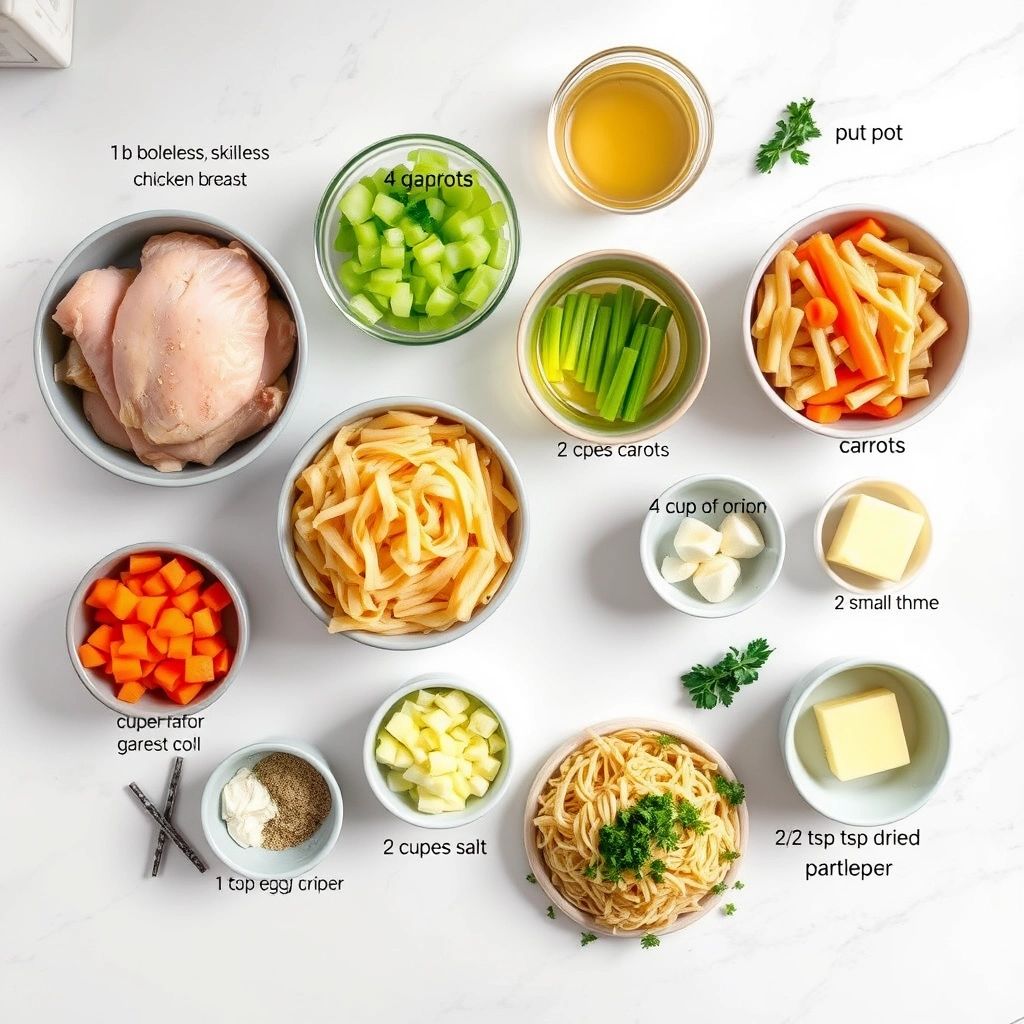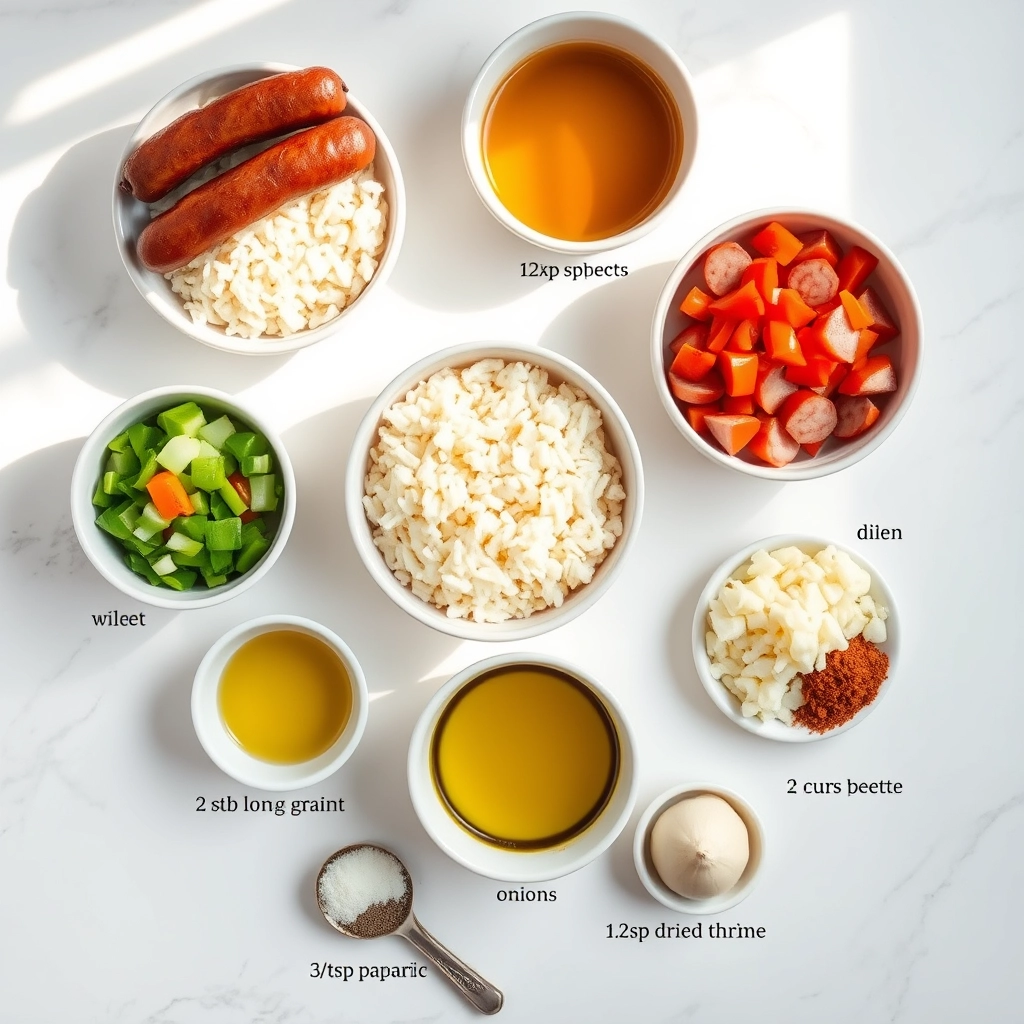When Life Gives You Lemons…Make Garlic Shrimp
There are evenings when the thought of cooking feels overwhelming, yet takeout just won’t do. Last Tuesday was one of those nights for me—the kind where you’re craving something bright, flavorful, and ready in minutes. That’s when this lemon garlic shrimp saved the day. As the buttery, citrusy aroma filled my kitchen, I knew I’d stumbled upon one of those effortless recipes that tastes like you spent hours…when really, it comes together while the rice is still steaming.
Ingredients That Sing Together
- 1 lb large shrimp – peeled & deveined (I leave the tails on for pretty presentation, but that’s optional!)
- 3 cloves garlic – minced (or 4 if you’re feeling bold—we never judge garlic quantities here)
- Zest & juice of 1 lemon – Meyer lemons are lovely if you can find them, but regular work beautifully
- 2 tbsp butter – because everything’s better with butter
- 1 tbsp olive oil – for that perfect sear
- 1/4 tsp red pepper flakes – just enough warmth to dance with the lemon
- Handful of fresh parsley – chopped (the green confetti that makes it feel fancy)
- Salt & freshly cracked pepper – to taste
Let’s Make Magic in Minutes
Step 1: Pat your shrimp completely dry with paper towels—this is the secret to getting that gorgeous golden sear instead of steaming them. While you’re at it, zest your lemon right over the bowl of shrimp so none of those fragrant oils go to waste.
Step 2: Heat a large skillet over medium-high. Add the olive oil and 1 tbsp butter. When the butter stops foaming (that’s your cue it’s hot enough), arrange the shrimp in a single layer. Resist the urge to move them for 1 minute—we want caramelization!
Step 3: Flip each shrimp—they should have that perfect blush of pink with golden edges. This is when I add the garlic and red pepper flakes, letting them bloom in the pan for just 30 seconds until fragrant (any longer and garlic turns bitter).
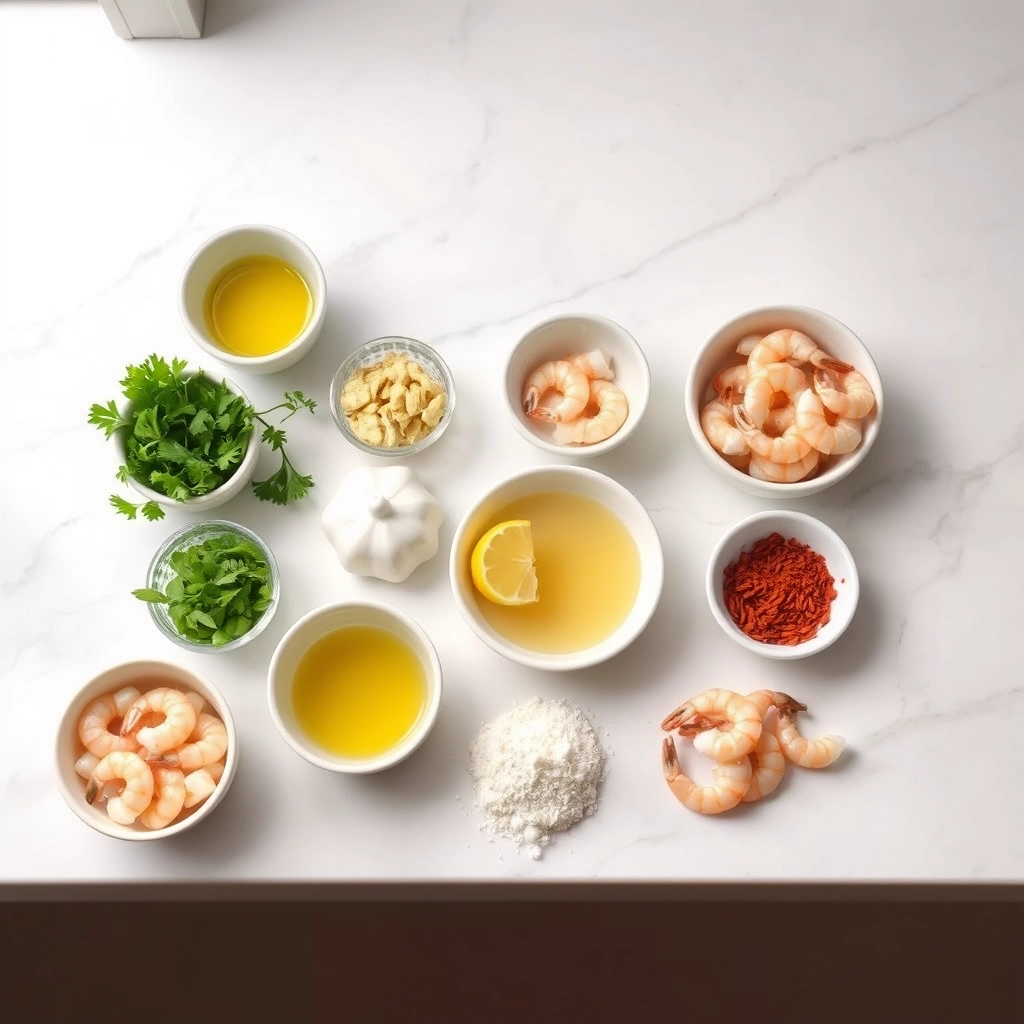
Pro Tips for Perfect Lemon Garlic Shrimp Every Time
After making this recipe dozens of times (and licking the pan clean every single occasion), I’ve picked up some tricks to make your shrimp truly spectacular:
- Butter temperature matters: Let your butter cool slightly before adding lemon juice to prevent separation
- Don’t crowd the pan: Cook shrimp in batches if needed – they should sizzle when they hit the pan
- The garlic whisper: Add minced garlic in the last 60 seconds of cooking to avoid bitterness
- Patience with peeling: For extra flavor, leave tails on – they make perfect little handles too!
Delicious Variations to Try
This recipe is wonderfully adaptable to whatever you have on hand:
- Spicy kick: Add 1/4 teaspoon red pepper flakes with the garlic
- Herb garden: Stir in 2 tablespoons chopped fresh parsley, basil, or dill at the end
- Creamy version: Finish with 2 tablespoons heavy cream for luxurious sauce
- Citrus swap: Try lime or orange zest instead of lemon for a different bright note
What to Serve With Your Lemon Garlic Shrimp
This versatile dish plays well with so many sides! Our family favorites include:
- Crusty bread for sopping up every drop of that glorious sauce
- Simple arugula salad with shaved Parmesan
- Creamy polenta or cheesy grits
- Roasted asparagus or green beans
- Over pasta or rice for a heartier meal
Storing and Reheating Like a Pro
While best enjoyed immediately, here’s how to handle leftovers:
- Storage: Keep in an airtight container in the fridge for up to 2 days
- Reheating: Gently warm in a skillet over low heat with a splash of water or broth to refresh the sauce
- Freezing: Not recommended as the texture changes – but the sauce freezes well for future pasta dishes!
Frequently Asked Questions
Can I use frozen shrimp?
Absolutely! Just thaw completely in the refrigerator overnight and pat very dry before cooking. Frozen shrimp actually often have better texture than “fresh” shrimp that’s been sitting on ice.
How do I know when shrimp are cooked?
Shrimp cook quickly – they’re done when they turn pink and opaque, forming a loose “C” shape. Overcooked shrimp become tough and curl tightly.
Can I make this dairy-free?
Yes! Substitute olive oil for butter, or use your favorite plant-based butter. The lemon and garlic flavors still shine beautifully.
What size shrimp works best?
Medium (31/40 count) or large (21/25 count) shrimp are ideal. Smaller shrimp can overcook quickly, while larger ones may need an extra minute.
A Final Cozy Thought
There’s something magical about how these simple ingredients – bright lemon, fragrant garlic, sweet shrimp – come together to create a dish that feels both special and comforting. Whether you’re making a quick weeknight dinner or impressing guests, this recipe has been my go-to for years because it never fails to delight. I’d love to hear how your version turns out – maybe it’ll become part of your family’s story too. Now go grab that crusty bread… you’ll want to savor every last drop of that glorious sauce!
Best Lemon Garlic Shrimp
Description
Succulent shrimp cooked in a zesty lemon garlic sauce, perfect for a quick and flavorful meal.
Ingredients
For the Crust:
- 1 lb large shrimp, peeled and deveined
- 3 cloves garlic, minced
- 2 tbsp olive oil
- 1/4 cup fresh lemon juice
- 1 tsp lemon zest
- 1/2 tsp red pepper flakes
- 1/4 cup fresh parsley, chopped
- Salt and black pepper to taste
Instructions
1. Prepare the Crust:
- Heat olive oil in a large skillet over medium heat.
- Add minced garlic and red pepper flakes, sauté for 1 minute until fragrant.
- Add shrimp to the skillet and cook for 2-3 minutes per side until pink and opaque.
- Stir in lemon juice, lemon zest, salt, and black pepper. Cook for another 1-2 minutes.
- Remove from heat and sprinkle with fresh parsley before serving.
Notes
You can customize the seasonings to taste.


